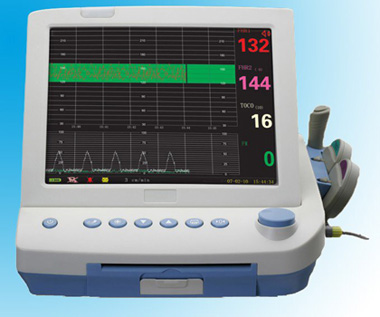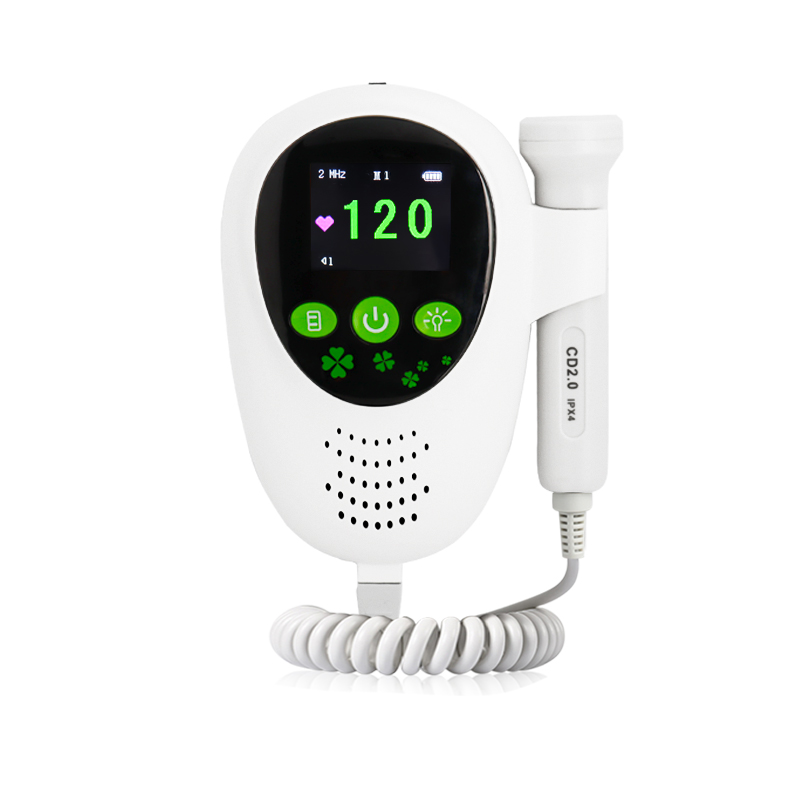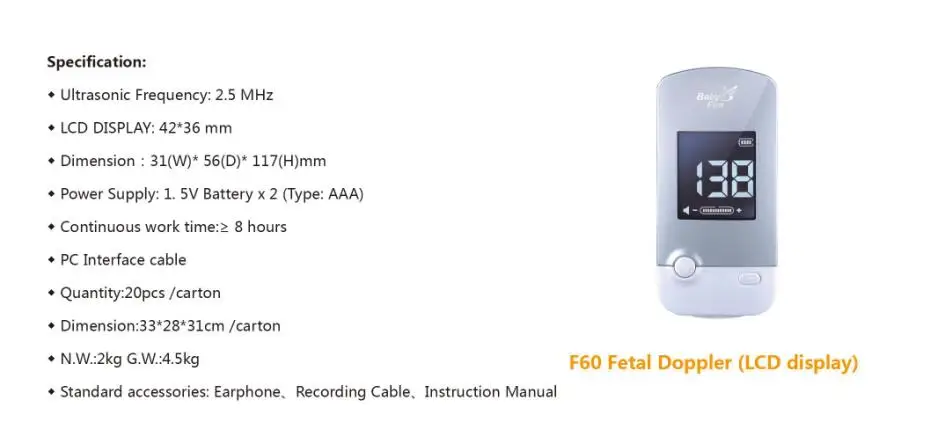

Some future features in the app that would be interesting, if the device can do it, would be HRV statistics and download of data for time between pulses (CSV file) for recordings of six or eight hours for my own analysis. The chart could use more gridlines for better readability but is clear and can be saved or emailed (like a screenshot). I believe this tracker provides a more accurate measurement than any wrist-worn tracker unless the wrist tracker is extremely tight to the wrist.įor the ECG, you'd probably want to buy some guide to what ECGs should and typically look like otherwise you might see a different pulse but not know what it means, or is just normal variation anyway. Tip - brush the chest hairs out of the way first when putting them on!.

As long as you sweat a bit, they're not difficult to pull off again. The adhesive patches almost never lose contact and you don't really feel them. The chest strap is comfortable but if you move a lot it sometimes briefly loses contact. If you want an accurate record of heartrate while exercising or through a day, or want to take some ECG measurements, this monitor works well.

Acta Obstetricia et Gynecologica Scandinavica published by John Wiley & Sons Ltd on behalf of Nordic Federation of Societies of Obstetrics and Gynecology (NFOG).

Doctors monitor and test expectant mothers during their prenatal. Doppler signals are unreliable during maternal movements.Ĭardiotocography fetal electrocardiogram fetal heart rate intrapartum monitoring transabdominal ECG. Why Checking a Babys Heart Rate During Delivery is So Important. During maternal movement, TAfECG causes an artificial increase in FHR variability, which can cause false reassurance regarding fetal oxygenation. In static labor positions, TAfECG provides a low signal loss, similar to that obtained with FSE, and a good signal accuracy, so the technique can be considered reliable when the mother is lying down, standing, or sitting. Average variability was similar with TAfECG and FSE in static positions but significantly higher with TAfECG in active positions (23.6 vs. Average accuracy was 3.5 bpm with TAfECG (1.9 bpm in static and 5.04 bpm in active positions) and 13.9 bpm with Doppler (3.2 bpm in static and 24.7 bpm in active positions). Static labor positions (lying down, standing, and sitting) were compared with active labor positions (walking and rocking on the birthing ball).Īverage signal loss was 5.3% with TAfECG (3.2% in static and 7.4% in active positions) and 15.5% with Doppler (8.3% in static and 30.7% in active positions). Computer analysis was used to quantify variability, accelerations, and decelerations. The three FHR signals were compared, defining signal loss as the percentage of signals under 20 bpm or exceeding 250 bpm and accuracy as the difference with FSE values. Participants were asked to complete a supervised mobilization scheme, comprising five sequential 10-min periods of lying down, standing, sitting, walking, and rocking on the birthing ball. This study aims to evaluate signal quality and accuracy of TAfECG acquisition of FHR signals during static and active maternal positions in labor when compared with Doppler signals and with the gold-standard method of fetal scalp electrode (FSE).Ī total of 76 women with singleton term pregnancies in the active first stage of labor had simultaneously acquired FHR with TAfECG, Doppler, and FSE. Continuous wireless transmission of signals has raised the possibility of the technology being used during maternal mobilization in labor. Transabdominal electrocardiographic (TAfECG) acquisition of fetal heart rate (FHR) signals has recently been introduced into leading commercial cardiotocographic (CTG) monitors.


 0 kommentar(er)
0 kommentar(er)
